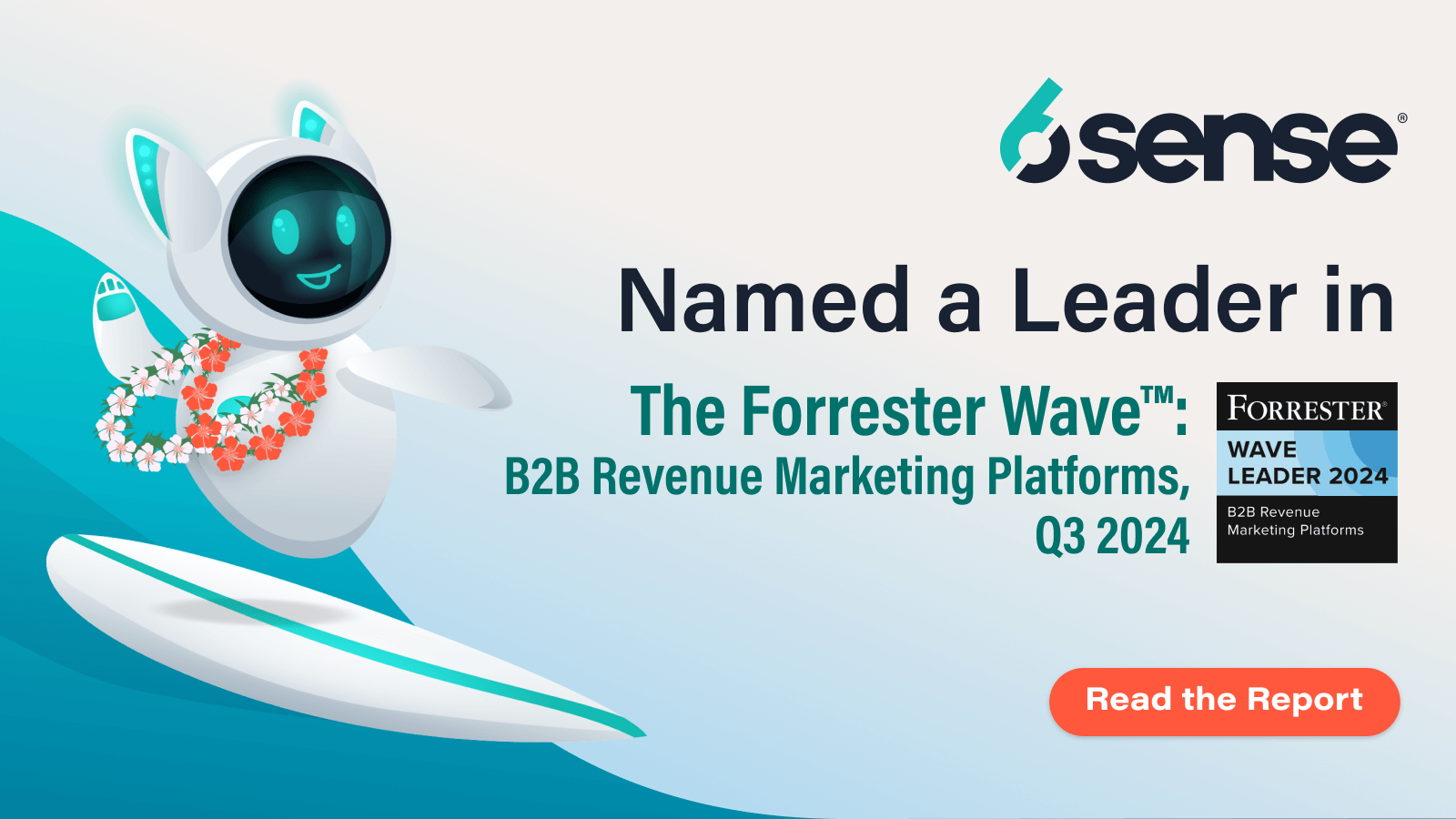Modern sales reps need to stay up-to-date on the latest concepts and trends in B2B marketing, and have access to the right tools to stay ahead of the competition.
Here’s a guide on seven winning prospecting strategies that’ll help your sales team close more deals.
Creating an Ideal Customer Profile
The most important step in any successful sales strategy is to create an Ideal Customer Profile (ICP). This will help you identify the businesses that’ll get the most value out of your products or services.
Your ICP should include information like the size of the company and their revenue, the solutions/tools they use, their budget and spending capacity, and the key decision-makers at the organization.
You can get all of this information using 6sense’s Chrome Extension. It allows you to access firmographic data, technographics, contact data of key decision-makers, and buying intent data from your prospects’ company websites.
Identifying Ways to Reach Prospects
Once you’ve identified your prospects, it’s time to think about how you’re going to reach out to them. You can use traditional methods such as calls and emails, or you can use digital methods like promoting your brand on social media, hosting webinars, or joining online summits.
It’s also important to get creative. Consider referrals, who can help introduce you to your target audience.
Personalization: The King of Prospecting Strategies
When you do reach out, make sure you’re personalizing your message. You need to make sure your pitches and follow-ups address the needs of your prospects.
Tools like 6sense allow you to personalize messages at scale.
Becoming a Thought Leader
Another great way to increase your credibility is by becoming a thought leader in your space. Spend time on social media, as this is where your prospects are spending a lot of their time.
Arming Yourself with Battlecards
A battlecard is a cheat sheet containing all the talking points you need to answer questions and address objections. Create battlecards that talk about your solution’s biggest value propositions in a convincing yet concise manner, and make sure you’re keeping them up to date.
Aligning Sales and Marketing
It’s important that both sales and marketing teams are on the same page regarding defining your ICP and deciding the criteria for qualifying leads. Working together will help you get the most out of your prospects.
Following Up
Don’t forget to re-engage your prospects — relationships take time to build. If you don’t hear back from a prospective customer, don’t give up. Keep following up until you get a response.
Using the Right Tools
Make sure you’re using tools like 6sense that can help you identify the right prospects, reach out to them, and create an effective sales strategy. 6sense’s AI-driven data and analytics platform can help you make more informed decisions and generate more predictable revenue growth.



